The Terrifying History of Anesthesia

If House of the Dragon has taught us anything, it’s that pre-modern surgery was a nightmare that often led to death and dynastic turmoil. Okay, your personal death will probably have few political repercussions, but if someone offered to fix your tummy ache by slicing you up fully conscious, you’d probably kick them in the nads and run away. We’ve thankfully come a long way from the days of biting bullets, but they’re harrowingly close behind us.
Opium

The oldest drug used to dull the senses during medical procedures was, of course, history’s most notorious painkiller, opium. Its use as an anesthetic dates back to 4,000 B.C.E. in Ancient Sumer, but if you’ve ever snagged some sweet oxys after a particularly grueling dental appointment, you know it kicks ass but probably isn’t the only thing you want to be on when you get cut open. It’s generally a good idea to avoid medical heroin if possible, too.
Wine and Weed

A more gentle combination used in Ancient China and India was a mixture of wine and cannabis. Again, it sounds like a great night, but surgery has a way of harshing the vibe.
Choking
It’s definitely preferable for the patient to be unconscious, so in some ancient cultures, like Egypt and Assyria, patients were simply choked until they passed out, then operated on as fast as possible before they came to. A good knock upside the head would do it, too, though it tended to result in unpleasant things like brain damage. Both options had their risks, honestly, not the least of which was “speed surgery.”
Cocaine
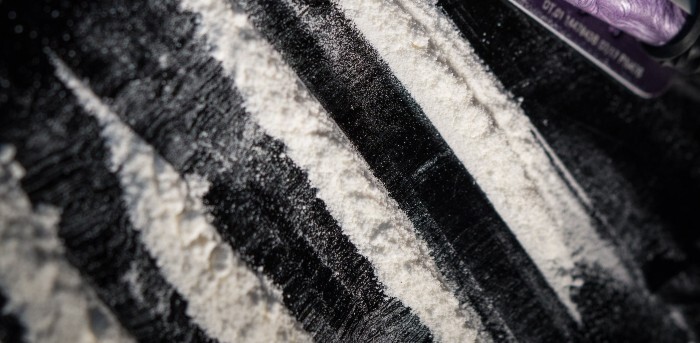
Around 1350, Inca shamans figured out that chewing coca leaves and then spitting into patients’ wounds resulted in a topical anesthetic effect. It might have worked, but it couldn’t have been sanitary, and side effects included incessant rambling and an enthusiasm for synthesizers.
Alcohol

By the Middle Ages, the widespread distribution of hard liquor made it a lot easier to get blackout drunk, and people realized you could do just about anything to such a person without waking them, up to and including surgery. If you wanted to be fancy, you used ethanol, but a good, strong rum was good enough for British sailors.
Nothing
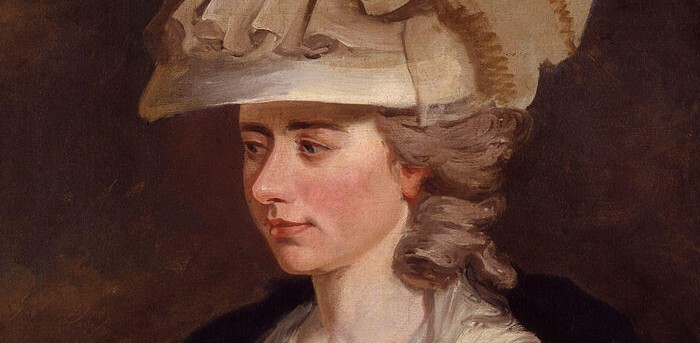
Pre-modern anesthesia might sound like one big party, but it was so insufficient that doctors often didn’t bother. Surgery was a last resort that wasn’t always preferable to death, as evidenced by novelist Fanny Burney’s description of her 1811 mastectomy, performed under nothing but a promise to pop out of a cupboard with a scalpel and surprise her so she didn’t get too nervous as her surgery drew nearer. Burney recalled screaming “during the whole time of the incision” and feeling the knife “ling against the breast bone -- scraping it.”
Nitrous Oxide
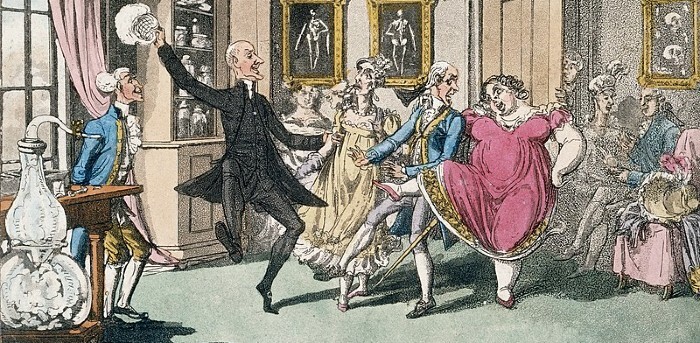
This was no way to live, so by 1799, Humphry Davy discovered the anesthetic properties of nitrous oxide, though it was mostly used as a party drug until 1845, when Horace Wells first used it during a dental procedure. It didn’t work great, which is why it’s now just a supplement to the cocaine they shoot into your gums (we’ll get there).
Ether
Around the same time, William T.G. Morton began experimenting with handkerchiefs soaked in ether, and not in an autoerotic asphyxiation kind of way (as far as we know). On September 30, 1846, he used ether to knock out a patient and pull out his tooth. Don’t worry, the patient was expecting this.
Ether For Realsies
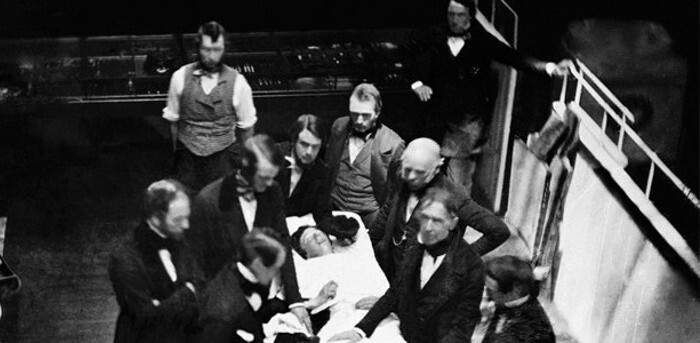
A few weeks later, emboldened by his dental patient’s report that he hadn’t felt “the slightest pain,” Morton used ether to anesthetize a patient while a real doctor removed a tumor from his neck. The operation was a groundbreaking success, although some observers noted the patient did move a little at the end, but if he felt anything, he manfully played along.
Chloroform
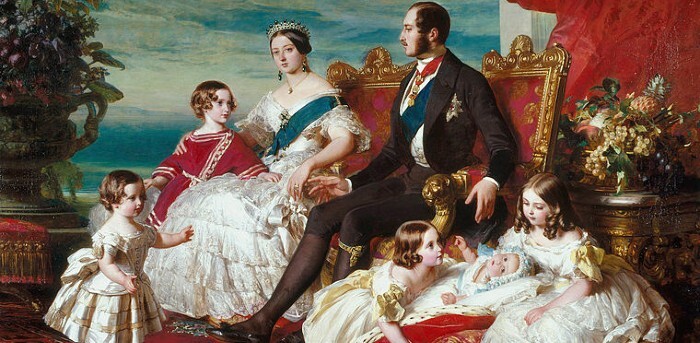
The 1840s were to anesthesia what the ‘90s were to the internet, so the next year, obstetrician James Simpson began using chloroform to spare women from the horrors of childbirth. One early enthusiast of the procedure was Queen Victoria, to the point that Princess Diana became the first member of the British royal family to stay awake for the birth of her children since 1850.
Cocaine Again
By the 1880s, doctors had once again discovered cocaine, but instead of spitting it on people, it was rubbed on the cornea for eye surgery or injected into the skin as a local anesthetic. This had obvious drawbacks, so doctors eventually began using synthetic versions, like novocaine and lidocaine, that give you all the numbness and none of the opinions on Bret Easton Ellis.
Epidural Anesthesia
Cocaine also played a role in the advent of the waking birther’s drug of choice, the epidural, when neurologist James Leonard Corning accidentally injected it into the spine of a man with “spinal weakness” and “seminal incontinence.” It’s not terribly clear what he meant to do, but the patient’s legs went numb, though his dong presumably remained leaky.
Modern Anesthesia
The medical establishment’s general opinion was that ether, chloroform, and cocaine were rad as shit but had an annoying tendency to catch on fire and/or kill people. By the 1920s, they began to develop synthetic drugs and machines that reduce these risks, which is why surgery is no longer a party on the edge but infinitely more survivable. It’s all a trade off.
Acupuncture
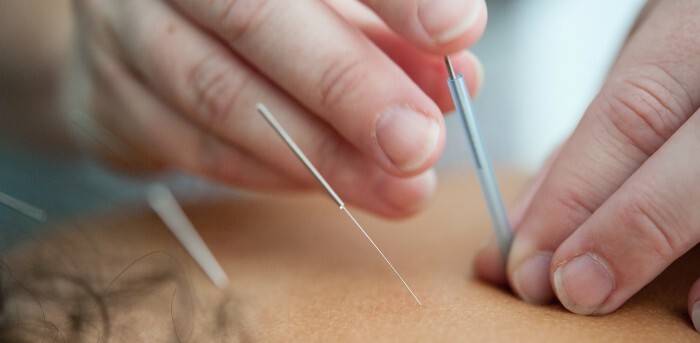
That doesn’t mean modern anesthesia is without its risks, so anesthesiologists are still developing new techniques and even exploring old ones. Acupuncture has shown great promise as a non-chemical anesthetic technique, even being successfully used in open heart surgery, though it requires an extremely well-trained surgeon, acupuncturist, and patient, the latter of whom has to practice extensive breathing exercises. Most surgeons don’t wanna risk killing some slacker patient.
Hypnosis
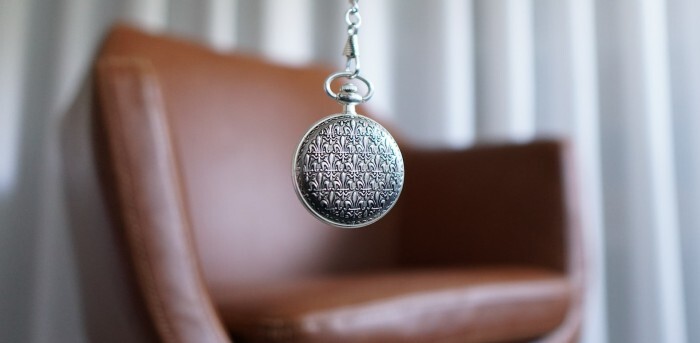
Hypnosis is another option that’s popular in Europe for “minimally invasive surgeries.” While initial results have been positive, it does have its limits -- open heart surgery is not on the table, as it were -- and also its risks, like a particularly stubborn patient. Still, ol’ Fanny Burney up there probably would have liked to give it a shot.
Top image: ISAF Headquarters Public Affairs Office/Wikimedia Commons